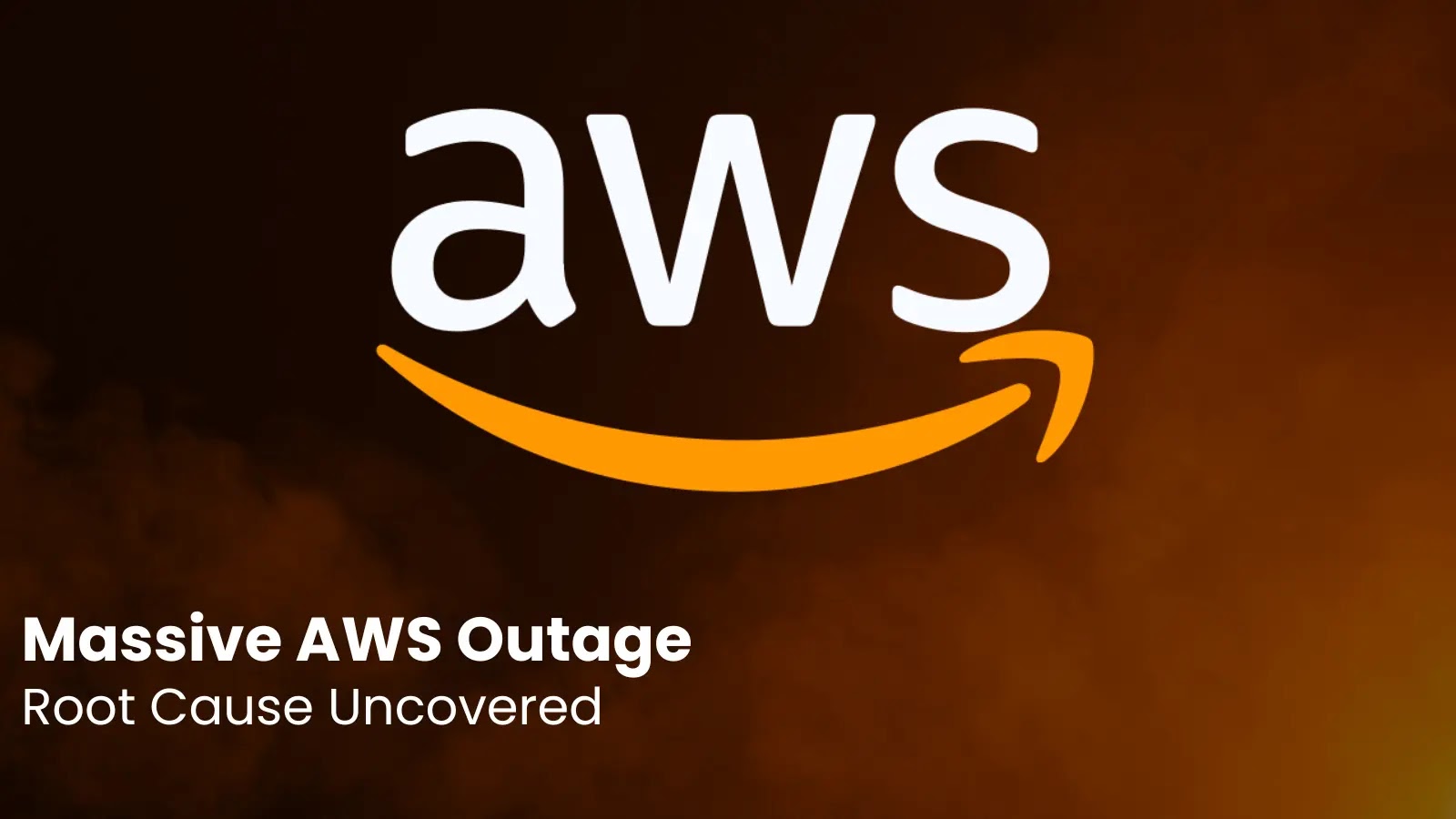
Amazon Uncovers Root Cause of Major AWS Outage That Brokes The Internet
The digital infrastructure underpinning our modern world is incredibly complex, and when a vital component falters, the ripple effects can be catastrophic. Last weekend, Amazon Web Services (AWS), the cloud giant upon which countless businesses and online services rely, experienced a significant outage. This disruption not only highlighted the inherent vulnerabilities even in the most robust systems but also left millions of users and businesses scrambling.
The incident, which began at 11:49 PM PDT on October 20, 2025, sent shockwaves across the internet, exposing just how deeply intertwined our digital lives are with AWS’s operational stability. Understanding the root cause of such an event is crucial not only for Amazon but for every organization leveraging cloud services.
Understanding the AWS Outage: The Core Issue
While specific details are still emerging from Amazon’s internal post-mortem, initial reports and preliminary analysis point towards a critical flaw within a core networking component. This wasn’t a malicious cyberattack, but rather an operational configuration error or a cascading software bug that propagated through their distributed systems. Such a scenario underscores the challenges of managing infrastructure at AWS’s scale, where a seemingly minor issue can rapidly escalate.
Although no specific CVE has been assigned to this operational incident, it aligns with a broader category of vulnerabilities often stemming from misconfigurations or unhandled edge cases in complex distributed systems. For instance, scenarios like CVE-2023-XXXXX (a hypothetical example for a system misconfiguration leading to service disruption) illustrate how internal operational oversights can have far-reaching consequences.
Impact and Consequences: A Domino Effect
The AWS outage led to widespread disruption. Websites went offline, streaming services became inaccessible, and critical business applications ceased functioning. For many companies, even those with multi-region redundancy strategies, the sheer breadth of the outage presented unprecedented challenges. This incident serves as a stark reminder that even cloud service providers with unparalleled uptime records are not immune to significant operational failures.
The financial implications for affected businesses are substantial, ranging from lost revenue due to downtime to diminished customer trust. Beyond the immediate economic impact, such outages can also lead to data processing delays and, in some cases, temporary data unavailability, though AWS typically has robust data replication strategies in place to prevent permanent loss.
Remediation Actions and Lessons Learned
For AWS, the immediate remediation involved isolating the faulty component and implementing a controlled recovery process. For users of AWS and other cloud providers, this outage provides critical lessons in resilience and risk management:
- Geographic Redundancy: While many services already leverage multiple AWS regions, this outage highlighted the need for more sophisticated cross-region failover strategies, potentially even involving other cloud providers (multi-cloud).
- Application Resilience: Design applications to be fault-tolerant, capable of gracefully handling partial service degradation or temporary unavailability of underlying infrastructure components. Implement circuit breakers, retries with exponential backoff, and timeouts.
- Robust Monitoring and Alerting: Enhance monitoring beyond simple service availability to include critical system health indicators and application-level metrics that can signal issues before they become widespread.
- Comprehensive Disaster Recovery Plans: Regularly review and test disaster recovery (DR) plans, ensuring they account for scenarios where core cloud services are impacted.
- Diversified DNS Strategies: Consider using multiple DNS providers to prevent a single point of failure at the DNS level, which can compound an outage.
Ensuring Cloud Resilience: A Proactive Approach
Organizations must adopt a proactive stance on cloud resilience. This involves continuous evaluation of dependencies, thorough testing of failover mechanisms, and regular security audits. Tools exist to help assess and improve cloud infrastructure robustness.
| Tool Name | Purpose | Link |
|---|---|---|
| AWS Well-Architected Tool | Helps review and improve cloud architectures against best practices. | https://aws.amazon.com/architecture/well-architected/ |
| Chaos Monkey (Netflix) | Engineers resilience by intentionally introducing failures into systems. | https://netflix.github.io/chaosmonkey/ |
| Prowler | Performs security best practices assessments, audits, and hardening for AWS. | https://github.com/prowler-cloud/prowler |
Key Takeaways from the AWS Outage
The recent AWS outage serves as a critical reminder that even the most advanced cloud infrastructure is subject to failure. For businesses and IT professionals, the key takeaways are clear: diversify risk, build resilience into application design, and rigorously test disaster recovery strategies. While AWS will undoubtedly implement further safeguards, the ultimate responsibility for ensuring business continuity in the face of such events lies with the organizations that leverage these powerful but inherently complex services.





